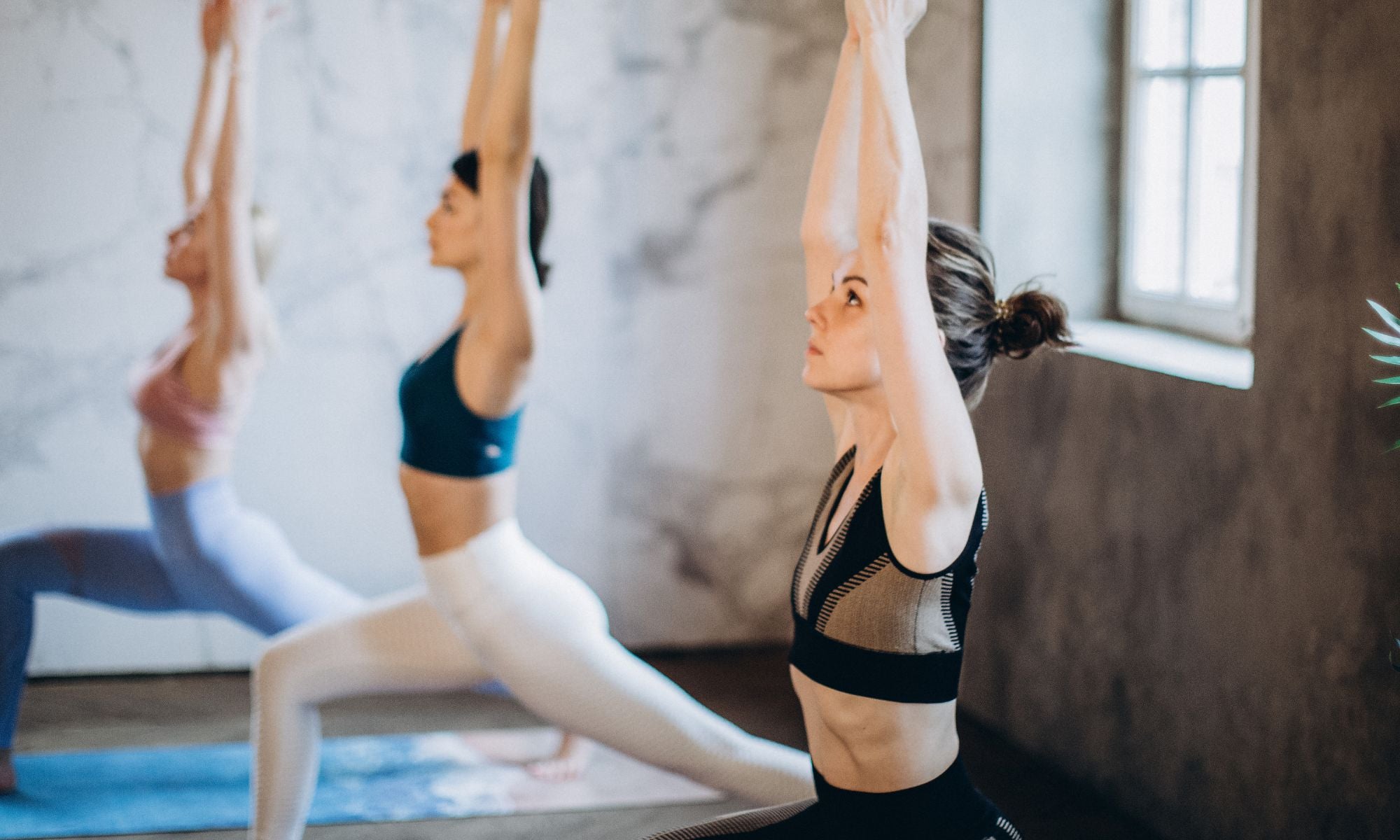
How Yoga Can Help Your Gut
For centuries, yoga has been practiced as a way to connect the mind and body. It's also been used to improve overall health and wellness.
Now, researchers are exploring whether yoga can help improve the health of your gut. The gut is home to trillions of bacteria that play a role in everything from digestion to immunity. In fact, scientists are still learning about how important this microbiome is for our overall health and wellness.
In one study, researchers found that practicing yoga regularly may help lower levels of cytokines—a type of protein involved in inflammation—in people with chronic inflammatory bowel disease (IBD). This could be an important step toward treating IBD, which affects millions of people worldwide.
Yoga Benefits for the Gut
A healthy lifestyle can help improve our gut health and prevent illnesses. One of the most effective ways to start this process is by taking part in gentle exercise and yoga, which can help nourish and balance our microbiome.
Increases the diversity of the microbiome
High levels of diversity and the number of healthy bacteria in our gut are linked to regular exercise. In addition, yoga can support a diverse and flourishing community of microbes.
Reduces stress
The importance of the gut can be seen in how it is involved in regulating the body's responses to stress. It is also responsible for producing neurotransmitters such as dopamine and gamma-aminobutyric acid, which are used by the brain to release chemicals. When stress hormones are released, the balance of the microbiome can be thrown off.
Research has shown that yoga and meditation can help clear the body's stress responses and restore the balance in the gut.
Digestion Support
According to the ancient Indian healthcare system known as Ayurveda, a healthy digestive tract is vital for good health. It states that asanas help facilitate digestion and release toxins from the body. Some asanas may also massage the internal organs, improve blood pressure and oxygenated flow, and stimulate the production of endorphins.
5 Yoga Poses for Gut Health
Urdhva Mukha Pasasana or Thread the needle pose

To start, hold all fours with your hands under your shoulders and knees just aligned with the hips. Breathe in and extend your right arm through an opening between your thigh and arm. Keep the right palm facing up as you lower your right shoulder and face the floor.
Keep your hips level and not moving too much. Also, make sure that your head and neck are not bearing the weight. For several cycles, breathe deeply and repeat the exercise on the other side.
Adho Mukha Svanasana or Downward Dog

To start, place your hands shoulder-distance apart and set yourself in a plank position. Keep your heels on the floor and send your hips up. Then, while keeping your head down, push your shoulders away from the ears. This exercise will help you maintain a healthy and balanced posture.
Paripurna navasana or boat pose

Feet on the floor and your knees bent. Lift your chest as you inhale and engage your back muscles. Then, draw your lower belly up and engage your inner thighs. Toes should be spread out and your knees should be about knee height.
To go further, bring your arms parallel to your floor and straighten your legs. For this exercise, keep breathing for about two to three minutes. After a couple of breaths, bring your feet back to a flat surface and stand with a straight spine
Trikonasana or triangle pose

With your legs straight, maintain a steady hold. As you breathe in, extend your arms out and slide your left arm down until your fingers are at the ankle. Keep your head in a straight line and maintain the pose.
Supta Matsyendrasana or Supine Spinal Twist

To perform this exercise, lie on your back with your legs crossed out toward the chest. Lower your knee into the body's opposite side. Pressing your thigh or knee gently will widen the stretch. Keep the other arm extended to the side to maintain a secure position












